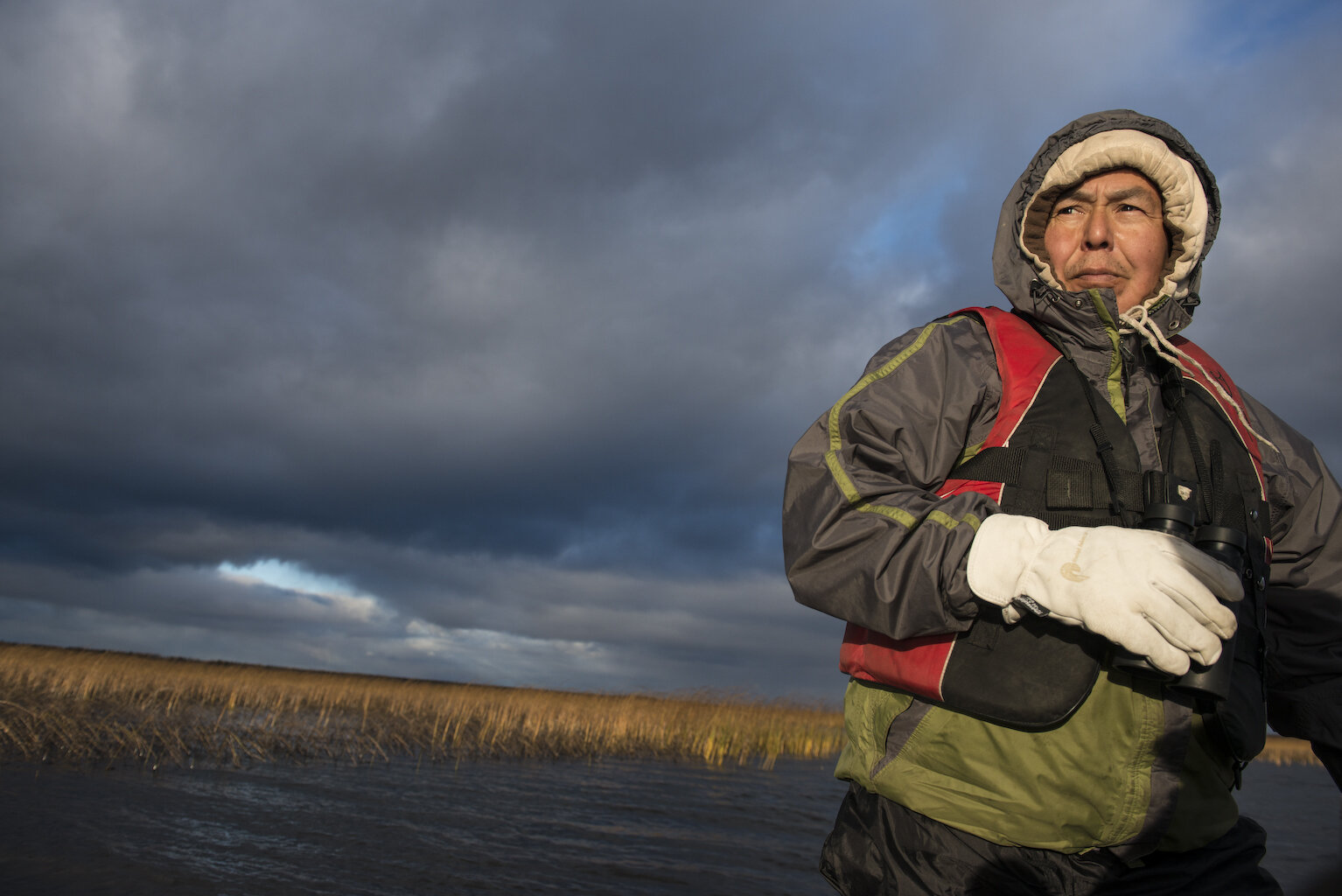When Bangladeshi farmers must abandon their land because sea waters are rising and salt is poisoning their soil, that’s loss and damage. Farmers may do their best to adapt, with sophisticated water management or new, salt-tolerant seeds. But at some point, they will face limits to adaptation, whether through continued sea-level rise or the increased cost of the right seeds. Either way, they can’t earn a living as farmers in their new climate.
Coffee farming presents another example. Coffee is a cash crop in many regions, from East Africa to Latin America, and the plants are sensitive to even small changes in temperature. Due to the changing conditions associated with the climate crisis, communities often switch to growing other crops when coffee is no longer a viable way to make a living. Switching from one cash crop to another is a common climate change adaptation strategy that gives farmers feasible livelihood options without taking more extreme measures, such as migrating or working for exploitative employers.
While this is often necessary for survival, coffee-farming communities that opt to switch crops lose so much more than one way to make ends meet. They also abandon hundreds of years of hard-won knowledge and expertise about growing coffee, along with the traditional ways of living that revolve around coffee production. In making the switch to grow something else, they may eventually return to their former level of income, but they may never fully regain what they have lost. That’s loss and damage.
“Loss and damage” is a term used in United Nations climate negotiations to refer to the consequences of climate change that go beyond what people can adapt to. Loss and damage also refers to situations when options for adaptation exist but communities do not have the resources to access them. Adaptation itself can lead to a loss of traditional knowledge, livelihoods, or culture—such as with the coffee example above.
Two types of loss and damage
The negative consequences of climate change can be divided into economic and non-economic loss and damage, with overlap between the two. What some consider non-economic loss, such as biodiversity loss, could be considered economic losses for those who rely on nature for their subsistence and livelihoods.
An Indigenous person in Northern Canada. Photo credit: Pat Kane
Non-economic losses can be the most devastating. Examples of these include the incalculable toll of losing family members to climate disasters, the disappearance of cultures and ways of living, or the trauma of being forced to migrate from an ancestral home. A family in Napakiak village in Alaska went outside one day to find that a large piece of land near their home, thousands of square feet, had eroded overnight into the Kuskokwim River. While economically the value of the land can be calculated, the value of what that land represents to that family is much more difficult to assess.
What can people do about climate-induced loss and damage?
Support for efforts to address loss and damage should begin with understanding the loss and damage from the perspective of those experiencing it. From there, actions may take many forms. These may address losses and damages already incurred, or they may focus on increasing preparedness for future loss and damage. Options include providing capacity, finance, or other support for relocating homes, diversifying livelihoods, or migrating. Controversial options include formal recognition, apology, and financial compensation by authorities. Some people have begun to speak about such actions in terms of “climate reparations.”
We see self- and community-determination of loss and damage in the work done by Young Power in Social Action (YPSA). The project involves volunteer Community Teams, comprised of formerly displaced community members, that lead the needs assessment and selection of households for relocation support. Once Community Teams have assessed the community’s needs, YPSA supports displaced families through addressing basic and immediate concerns, such as shelter and livelihoods, and by building their awareness of their rights and capacity to exercise these rights. In addition, the project includes local and national advocacy with relevant authorities to sensitize and encourage them to adopt rights-based solutions.
Climate-forced displaced people engage in a courtyard session with YPSA team members. Photo credit: YPSA
CJRF and Scottish Government Partner to Address Loss and Damage
At the UN Climate Talks in Glasgow in November 2021, the Scottish Government made a historic announcement as the first wealthy country to allocate money explicitly to address loss and damage. Scotland committed £1 million to a new partnership with CJRF to support activities that address loss and damage, determined with input from those facing the most severe climate impacts. With this funding, CJRF has already provided several grants to organizations in the Bay of Bengal and the Pacific Islands, with more to come. You can read more about these grants on our Loss and Damage Grants page.
In partnership with the Scottish Government, CJRF hopes to dispel the notion that loss and damage is too challenging or politically sensitive to finance. We aim to demonstrate a participatory and learning-focused approach to addressing loss and damage that other funders can use in the future. Although finance for loss and damage is only just beginning to flow, it represents a powerful step in building solidarity with those bearing the brunt of climate impacts, despite having contributed the least to climate change. We’re excited about the Scottish Government’s investment in this critical climate justice issue and hope that others will follow their example soon.
To learn more about what CJRF is doing to support the loss and damage movement, read our newest blog, A Loss and Damage Growth Spurt.



